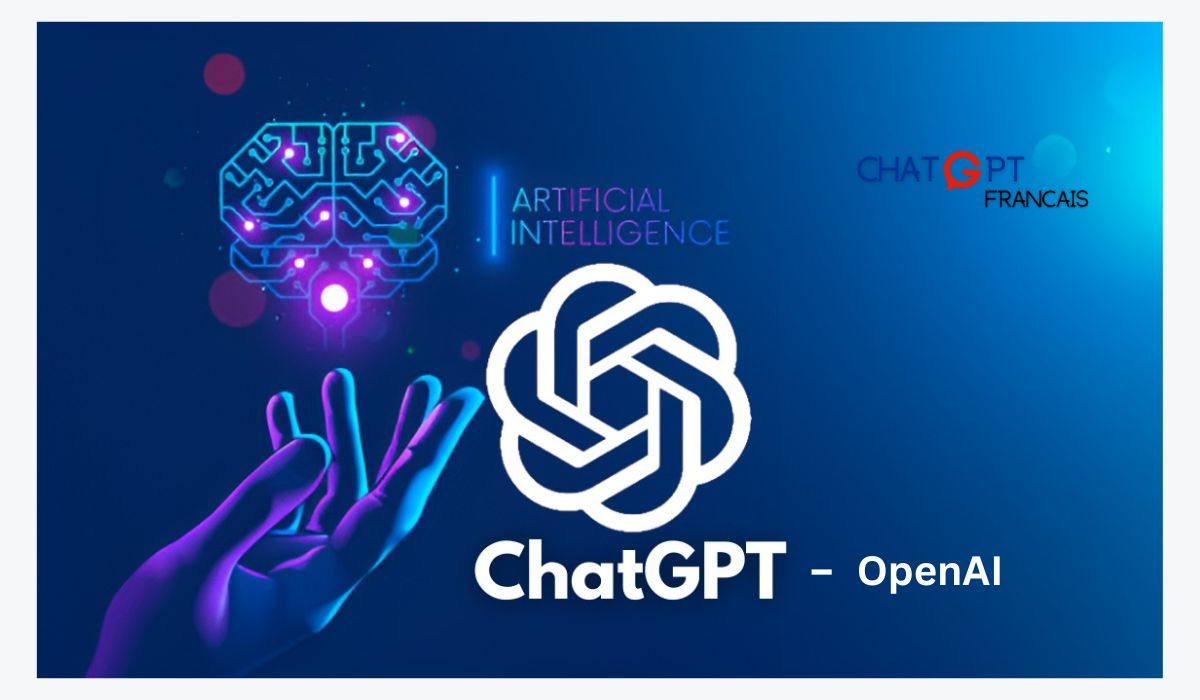In the ever-evolving landscape of artificial intelligence, ChatGPT has emerged as a groundbreaking innovation that is reshaping the way we interact with AI systems. Created by OpenAI, ChatGPT is a cutting-edge language model that has the potential to redefine conversational AI, transcending its predecessors in terms of language understanding and generation. With a staggering 175 billion parameters, ChatGPT exhibits a level of sophistication that tends to make it capable of engaging in coherent and context-conscious conversations, therefore unlocking new possibilities across several sectors and pushing the boundaries of what AI can achieve.
At its core, ChatGPT leverages the GPT-3 architecture, a state-of-the-art deep studying model that serves as the foundation for its capabilities. This architecture is underpinned by an in depth dataset of diverse text sources, enabling ChatGPT to comprehend and produce text that closely mimics human communication. When you engage with ChatGPT , it quickly processes your input and produces responses that not only reflect the context of the conversation but also exhibit a remarkable degree of fluency and coherence.
The implications of ChatGPT’s capabilities are far-reaching, as they extend to a multitude of domains. In consumer service, for instance, ChatGPT can automate responses to regularly asked concerns, alleviating the workload of human agents and offering timely, precise assistance to buyers. This, in turn, enhances efficiency, reduces operational fees, and final results in improved consumer satisfaction. Additionally, ChatGPT’s ability to comprehend nuanced queries and deliver detailed responses can elevate the high-quality of assistance supplied, making it an invaluable tool for enterprises aiming to deliver exceptional buyer experiences.
Education is a different sector where ChatGPT can be a game-changer. As an AI tutor, ChatGPT can present personalized help to students, assisting them with a wide variety of subjects and assignments. Whether or not it is explaining complex mathematical concepts, proofreading essays, or giving historical insights, ChatGPT’s versatility can enhance the mastering practical experience and make education additional accessible. By catering to individual studying types and paces, it can contribute to improved academic outcomes and empower students to reach their full potential.
In the realm of content creation, ChatGPT demonstrates its prowess by aiding writers, marketers, and creators in generating compelling and informative content. It can present ideas, craft solution descriptions, or even help in the ideation process, streamlining content material production workflows and saving time for professionals. This democratization of content creation tools has the potential to level the playing field for creators and companies of all sizes, fostering innovation and creativity in a variety of industries.
When it comes to accessibility, ChatGPT delivers a lifeline to men and women with disabilities, offering them with a signifies to interact with technology and the digital planet. By means of voice assistants and chatbots powered by ChatGPT, individuals with visual or motor impairments can navigate the online, access information, and carry out tasks that were once difficult or impossible. This inclusivity is a testament to the optimistic influence of AI on society, making the digital realm more accessible and equitable for everybody.
Nonetheless, ChatGPT’s capabilities also raise ethical and societal issues that can not be ignored. The potential for misuse, such as producing disinformation or engaging in dangerous conversations, underscores the will need for responsible deployment and strict ethical guidelines. OpenAI has taken actions to address these issues by implementing safety measures and encouraging transparency in AI usage, but ongoing vigilance and regulation are important to guarantee the accountable use of this technologies.
